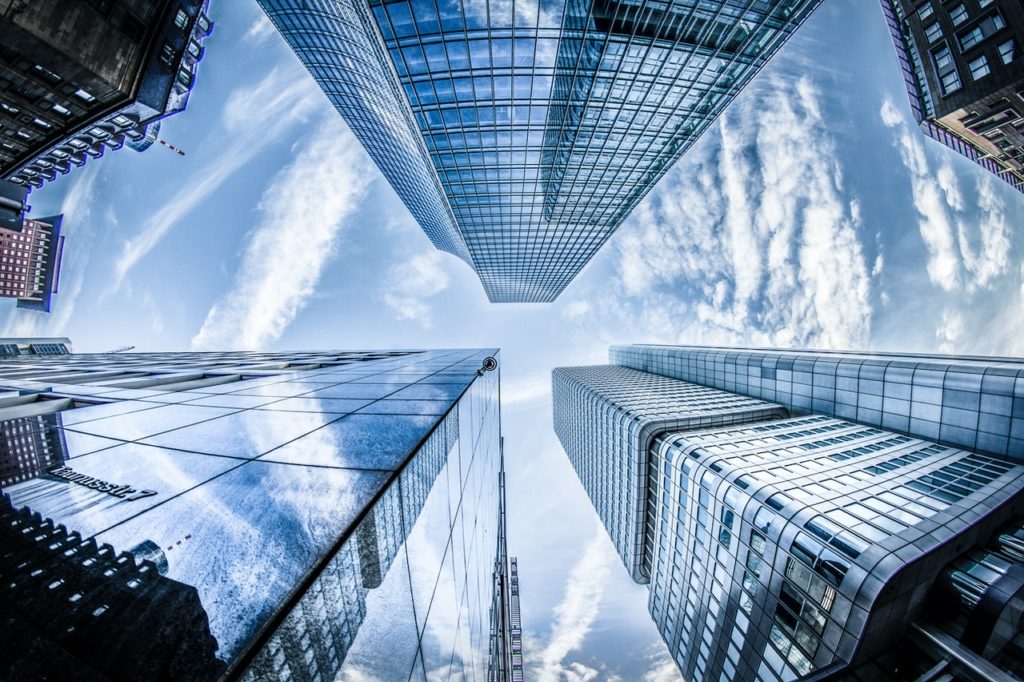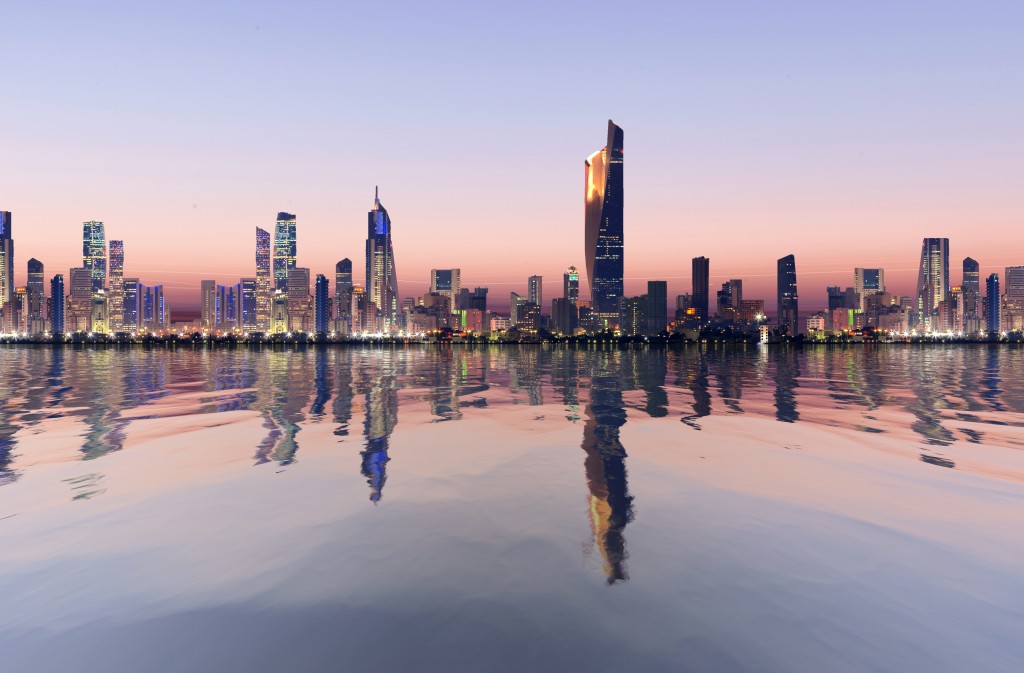Urban design is both a process and a result of studying and then applying how people live in public spaces. As city dwellers, we are constantly in contact with each other. The right urban design can ensure that these interactions respect our personal space, provide healthy environments, and leave us feeling energized rather than overwhelmed.
It draws together many disciplines, such as architecture, landscape planning, engineering, economics, etc. You can see the urban design in the placement of parks and open spaces throughout your city. It is in the ease of accessibility of all public spaces, the easy-to-read pavement markings in heavily pedestrian areas, even the choice of streetlight colors.
Urban designers have to find like-minded people who understand that all these and many other aspects of daily city life may seem inconsequential to guide the behaviors of the city-dwellers.
The Growing Interest in Urban Design
Research has shown that urban design can influence the economic success of an area. This is of great interest to city planners as developing a reputation of success will draw people and money into the area. Whether people come due to affordable housing or ease of establishing small businesses, the balance of nature with city structure is the foundation for the community.
Urban design will be the deciding factor of incorporating the space and ambiance of the area into structures and living spaces that provide enough natural light to attract foot traffic while ensuring that no one feels crowded. A lot of support for urban design also comes to form how it inevitably incorporates green design and takes sustainability into account in building. This makes it appealing to a wide range of people and easier to implement.
People First Objectives lead urban Design
Cities and individual neighborhoods that incorporate urban design focus on making the living space more amenable to the people living in the space. Urban design is focused on getting the maximum use out of the spaces where it is applied.
In terms of a city, this means making it easier for people to move around. Because of how densely packed cities can be, insufficient means of transport can be stifling and lead to high frustration and dissatisfaction with city officials.
In keeping with its sustainable interests, urban designers prioritize walking as the preferred method of travel within city spaces. To encourage this, lessening dependency on cars and improving public transport infrastructure is imperative. Not only will people be able to move around more freely, but as a consequence of the increased amounts of walking, they will become healthier as well.
This is just one example of how urban design improves the overall quality of life by incorporating designs that benefit people in multiple areas of their daily life.
Increasing Public Transport Options
It is not enough to improve the existing public transport facilities. It is also necessary to increase the public transport options available within the city. Most cities are planned around heavy usage of cars, which has contributed to devastating amounts to air pollution, global warming, and traffic-related accidents.
Giving city residents the option of a much easier transit via public transport reduces the need for them to use their cars. It makes all places much more easily accessible, which is a good way to increase revenue for shops and restaurants that can now rely on foot traffic for customers.
Urban patterns are how people move around cities. Right now, this is dictated mostly by car traffic. If these patterns can be switched over to mass public transport options available to everyone, then there will be a significant reduction in pollution, traffic jams, and an increase in satisfaction from city-dwellers.
It is for the best to begin making this switch now, as scientists predict that there will be limited amounts of fossil fuels in the future. But this is a concern for decision-makers. City-dwellers are affected by the rise in petrol prices and congestion. Easily accessible public transport powered by renewable resources provides low-cost transport and peace of mind to decision-makers and city-dwellers.

Urban design is strongly rooted in the importance of place-making. In providing city-dwellers with spaces that they can take pride in and feel a responsibility to maintain and utilize. Making different areas of the city more accessible, urban design in public transport makes these areas available for the movement of people and resources.
Ease of access draws more attention and opportunities to help these areas improve in terms of infrastructure and civic accessibility. This will lead to safer communities that see drops in crime and the resulting rise in those communities’ safety and satisfaction.

